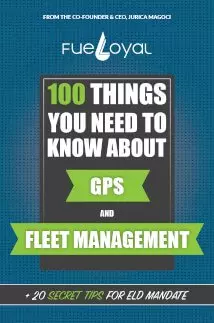Safety is everyone’s top priority, including the people that are operating in the trucking industry; so in order for truck drivers to stay safe on the road they should obey the HOS- Hours of Service rules and regulations.
LEARN 12 SECRET STEPS HOW TO MAKE $950 MORE PER TRUCK / MONTH
Hey! I'm George J.Magoci and I will send you a FREE eBook where you can learn 12 secret steps how to make $950 more truck/month.

The Hours of Service rules and regulations have been issued by the Federal Motor Carrier Administration. Being the lead federal government agency, FMCSA cares about the regulation of the commercial motor vehicles, therefore the HOS rules and regulations that they have issued apply only to truck drivers.
Another essential point of the HOS’s rules and regulations is that they are in fact developed to set a limit of the daily and weekly hours that the truck drivers are spending on the road, altogether with these rules the FMCSA wants to set also a regulation about the minimum amount of time that truck drivers have to spend resting.
Fundamental for these rules is like I said before the safety of truck drivers and the safety of all drivers on the road.






